
Payara Qube
Effortless Cloud Deployment for Enterprise Java
Navigating the complexity of Kubernetes and container orchestration can slow down deployment and increase risk for enterprise Java teams. Payara Qube eliminates these challenges by providing a standardized, secure platform that automates deployment and management of applications across diverse Java frameworks—including Quarkus, Jakarta EE, and Spring—in the cloud or on premise.
Effortless Cloud and On-Premise Java Deployment – Upload. Deploy. Run.

Reduce Deployment Complexity

Accelerate Time-to-Market

Enhance Reliability & Consistency

Lower Operational Costs

Simplify Cloud Modernization & Microservices Adoption
Why Global Companies Choose Payara Qube
Payara Qube empowers enterprises to modernize, deploy, and manage Java applications across any cloud—without Kubernetes complexity or vendor lock-in. It’s designed for teams who want the scalability, resilience, and automation of a Kubernetes platform with the simplicity and performance of a fully managed runtime.
Key Features

Purpose-Built for Java
Run Jakarta EE, Spring, or Quarkus apps on a platform designed specifically for Java.

Multi-Cloud Flexibility
Deploy across AWS, Azure, GCP, or private clouds with no vendor lock-in

Simplified Deployment
Standardized pipelines reduce complexity and ensure consistent results.

Accelerated Modernization
Lift and shift Java applications to the cloud in minutes, not months.

Kubernetes Power—Zero Complexity
Enjoy Kubernetes-level scalability without the management burden.

Integrated Monitoring & Diagnostics
Gain instant visibility with integrated diagnostics and performance insights.

High Availability & Elastic Scaling
Automatically scale resources based on real-time demand.

Enterprise-Grade Security
Protect applications with built-in authentication and access control.

Compliance by Design
Stay audit-ready with standards-aligned configurations.

Zero Maintenance
No patching or updates required—Payara Qube manages it for you.

Self-Service Simplicity
Empower teams to deploy and manage apps through an intuitive console.

Transparent, Flexible Pricing
Predictable, flexible pricing that fits your budget.
Market Trends:
Why Modernize Java Applications Now?
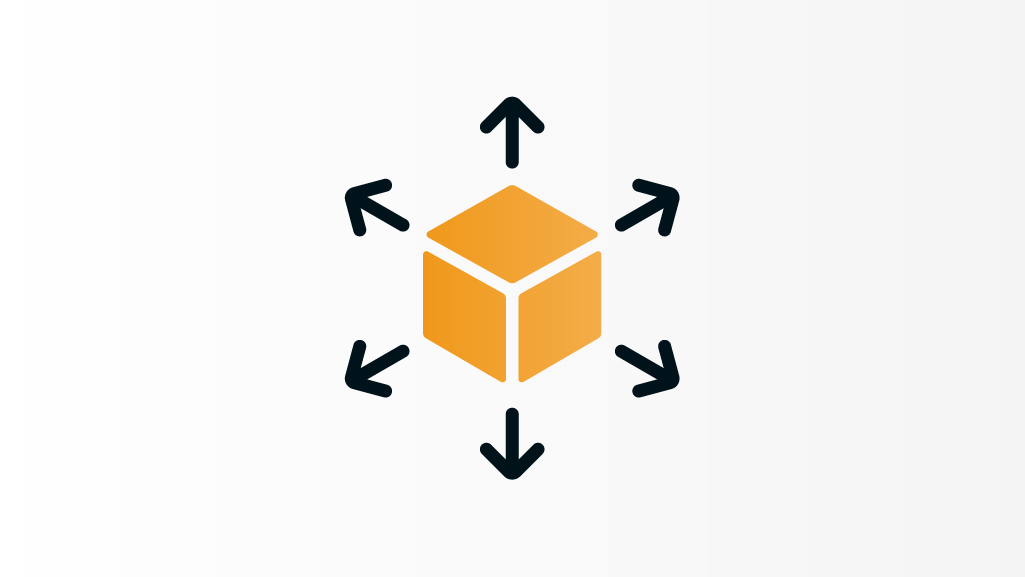
 Enterprise Modernization is Accelerating
Enterprise Modernization is Accelerating
According to the Turbonomic State of Multicloud Report (2020–2022):
- 25% are refactoring applications for cloud-native architectures
- 43% of enterprises are migrating to the cloud
- 24% are moving to containers
Java applications are central to enterprise systems — and require platforms that support modernization without disruption.
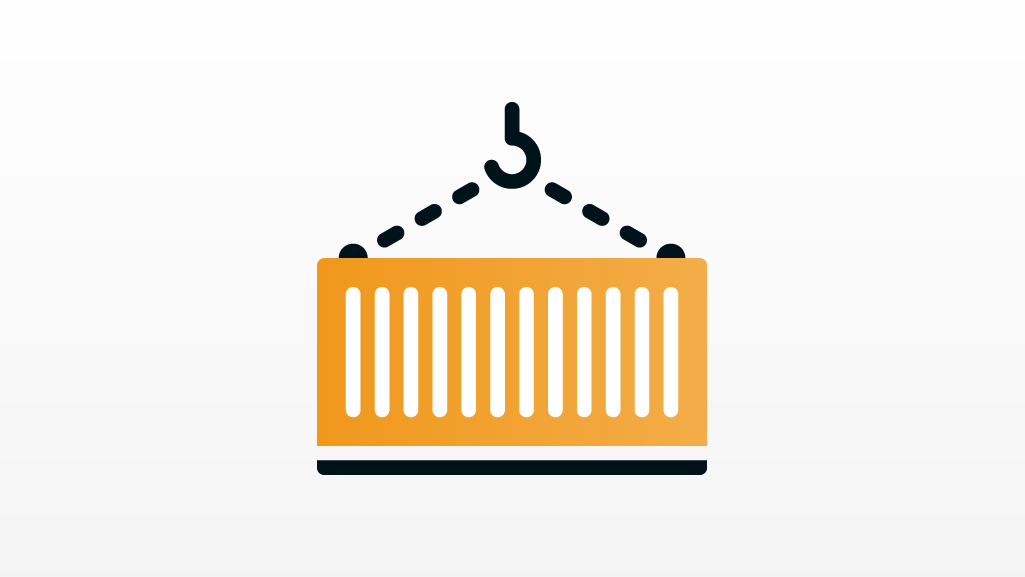
 Kubernetes Adoption Highlights Challenges with Efficiency and Reliability
Kubernetes Adoption Highlights Challenges with Efficiency and Reliability
From the 2024 Kubernetes Benchmark Report by Fairwinds (based on over 330,000 workloads):
- More than 50% of organizations use Horizontal Pod Autoscaling (HPA), yet many workloads still underutilize allocated CPU and memory
- 65% of organizations are missing liveness and readiness probes, impacting overall application reliability
- 37% of workloads are over-provisioned and need container rightsizing for better cost efficiency
One Technology Different Deployment Options
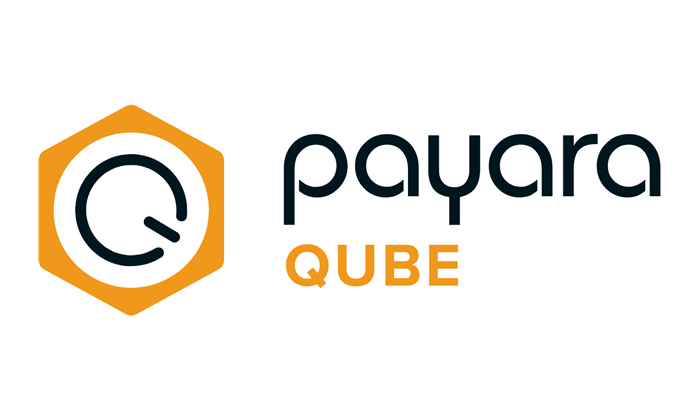
 Self-Hosted
Self-Hosted
- User installable on your infrastructure
- Ensure Data Sovereignty – full control over sensitive data with on-premise deployments
- Authentication through Keycloak
- Fine-grained access and application management controls for your organisation
- Lowers operational costs with scaling to zero when not in use and optimising your dev resources
- Flexible enterprise billing options

 Managed
Managed
- All-in-one PaaS solution
- Provides cloud flexibility — deploy anywhere: public or private cloud
- Geographically distributed backup environments across different providers and regions
- Hybrid and multi-cloud options
- Fine-grained Access and Application Management permissions
- Security features include: Network isolation, Encryption, Secure access controls, Automated security updates
- Specify resource allocation for each instance as part of your subscription
- Lowers operational costs with automatic scaling to zero when not in use and optimising your dev resources
- Billing Management – Support of usage-based accounting, billing and customer data
- Affordable pricing options and flexible ways to pay. Upgrade and downgrade easily
Testimonials
“What I really like about this approach is, we have Helidon, Quarkus. They try to shift the deployment to the build time. Payara Cloud (Payara Qube Managed) is completely different. It uses what application servers do the best: the separation of the infrastructure from the business logic.”
Adam Bien
Java expert
Explore Payara Qube: Resources & Documentation
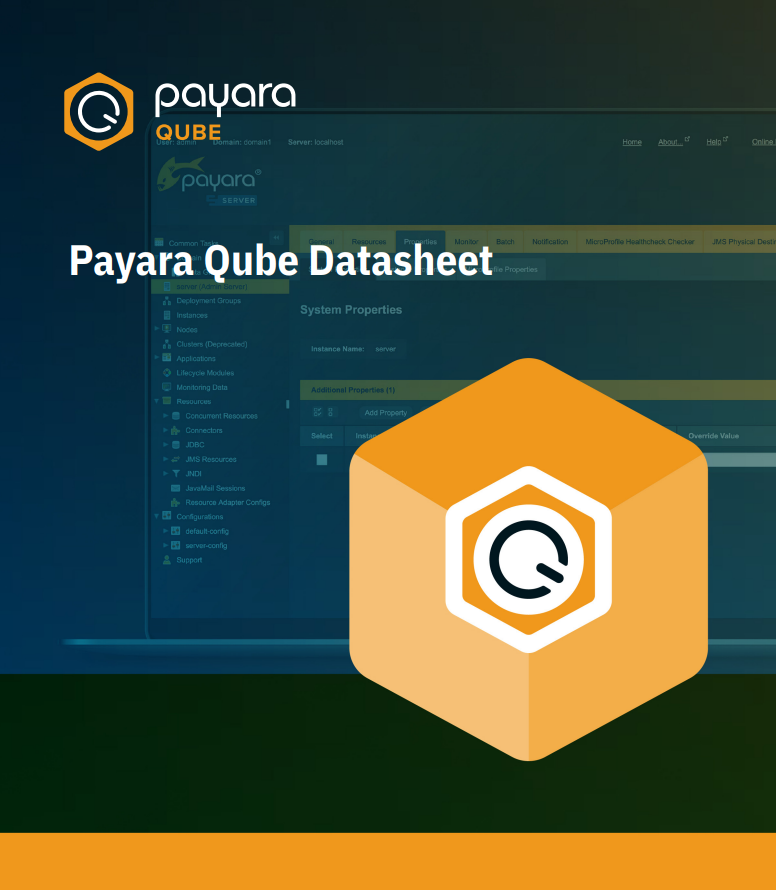
Payara Qube Datasheet (Managed)
Get a quick overview of Payara Qube’s key features, deployment options and enterprise benefits. Learn how it simplifies cloud-native Java application delivery and management.
Download Datasheet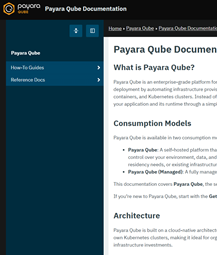
Payara Qube Documentation
Access the official Payara Qube docs to learn how to deploy, configure, and manage your cloud-native Jakarta EE and MicroProfile applications.
View Documentation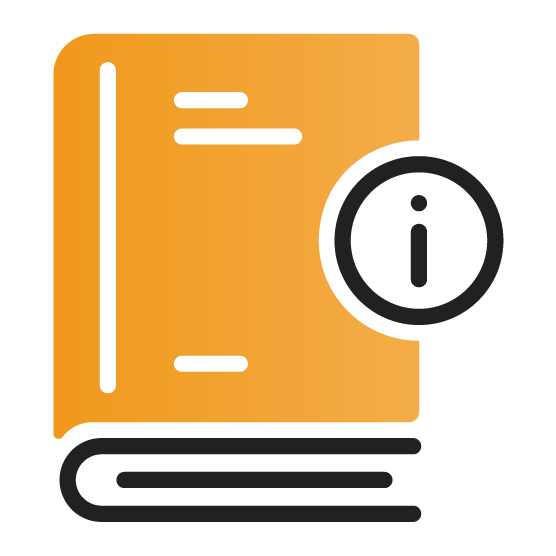
Payara Qube FAQs
Payara Qube is a cloud-native deployment platform that provides a fully managed environment for deploying and running your Jakarta EE/Spring/Quarkus applications. It is built on top of Payara Enterprise and offers a range of features and services for deploying, scaling and managing your applications in the cloud. It is available to instal on your own infrastructure using your own cloud accounts, or to use as a Platform as a Service on Payara hosted or hybrid cloud environments.
Payara Qube offers several key features, including automatic scaling, high availability, monitoring and metrics, security, centralized logging, seamless integration with other cloud services, and a user-friendly web-based management console.
Payara Qube is designed to run applications written on the Jakarta EE (and MicroProfile), Spring and Quarkus Platforms.
Yes, you can deploy your existing Java EE Web Profile applications on Payara Qube without any modifications. Payara Qube provides full compatibility with Java EE (8) and Jakarta EE (10) standards, and more, ensuring that your applications run seamlessly.
Yes, within Payara Qube you can deploy multiple applications within the same namespace and, you can create multiple Namespaces to host several applications.
At the moment, you should maintain a database installation yourself, in the cloud or on-premise. You can configure your database instances within your application using the standard Jakarta EE database connections constructs. These will be automatically picked and displayed on your Payara Qube monitoring console for easy editing.
Payara Qube can automatically scale your applications based on predefined rules or metrics such as CPU utilization, memory usage, or incoming request rates. It dynamically adjusts the number of instances running your application to match the demand, ensuring optimal performance and resource utilization.
Yes, Payara Qube provides seamless integration with other cloud services and platforms. You can easily connect your applications to databases, storage services, message queues, and more, offered by various cloud providers.
Yes, Payara Qube prioritizes security and provides a secure environment for your applications.
Our managed service includes features like network isolation, encryption, secure access controls, and automated security updates to protect your applications and data. Your applications deploy in separate containers to isolate them from the actions of other applications. They only have partial internet exposure, which allows only applications in the same namespace to access them via private endpoints.
Our installable product offer complete data sovereignty and infrastructure control. You can authenticate through Keycloak and we have fine-grained access and application management controls for your organisation. We prioritise security-first architecture with encryption, secure access, automatic updates.
Payara Qube also generates SSL certificates for your applications
Enables access of multiple users per organisation or subscription. There are different roles, each with its own set of permissions.
On both the installable and managed versions you can invite users via email. In the managed solution, register for a new Payara Qube account or use an existing one.
Payara Qube can be highly available by distributing your application instances across multiple availability zones and/or multiple cloud providers. In the event of a failure, it can quickly recover your application on another healthy instance, minimizing downtime.
Yes, Payara Qube provides comprehensive monitoring and management capabilities. It offers built in metrics and monitoring dashboards, allowing you to track the performance and health of your applications. Additionally, you can use the web-based management console to configure and manage various aspects of your applications.
No. Your current running version will be available until the new one is done deploying, which will take the place of the last running one. There is the possibility of a negligible downtime during the layover from the old to the new version. All uploaded and undeployed application versions will still be available for easy rollback at any point in time.
In the Payara Qube managed service, the runtime size refers to the compute resources allocated to a given application. Runtime sizes are calculated in vCPU (virtual CPU) units. The smallest unit you can assign to an application is 0.25 vCPU. The appropriate runtime size for your application will depend on the application need.
By default, in our managed service your Payara Qube data, including application binaries and user information, are hosted in Microsoft Azure’s EU region. You can also choose to store your application data in Azure’s US region when creating a namespace.
To get started with Payara Qube, you can directly sign up for an account or you can request a demo.
If you sign up for an account, you can deploy your applications using the provided tools and documentation. Payara Qube offers a Free Trial period, allowing you to explore its features and capabilities. Check out how to sign up here
Check out our documentation on how to cancel your subscription if you have an account on our managed service here Cancelling a Subscription :: Payara Qube Documentation

